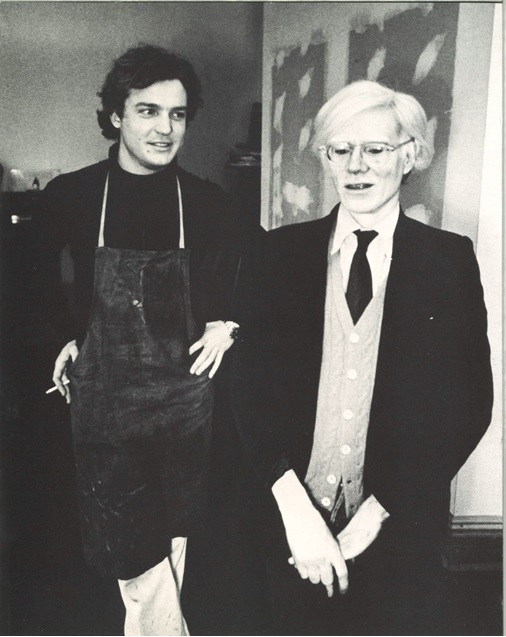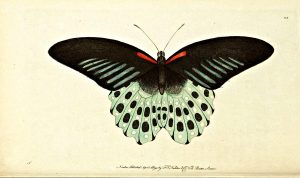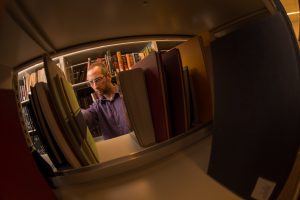This post was written by Sofia Silva, Katzenberger Intern at the Hirshhorn Museum and Sculpture Garden Library and American Art & Portrait Gallery Library as part of a series exploring the Art & Artists Files at the Smithsonian Libraries.

Though contemporaries, the artists James Browning Wyeth and Andy Warhol could not be more diametrically opposed. James, more commonly known as Jamie, is a third-generation member of the famed Wyeth family, who are celebrated as central figures in the revival of realism in American art (his father is Andrew Wyeth, painter of the American classic Christina’s World and his grandfather, N.C. Wyeth is acclaimed painter of vast landscapes and epic narratives of early Americana). Jamie continued this family tradition as a portraitist and landscape painter, whose naturalistic approach to painting produced highly detailed and visually complex work that captured life in rural Maine, Delaware and Pennsylvania.



